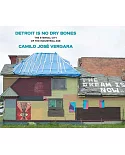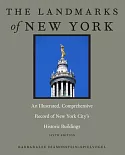Canada is a country of massive size, of diverse geographical features and an equally diverse population—all features that are magnificently reflected in its architecture. In this book, Rhodri
Windsor Liscombe and Michelangelo Sabatino offer a richly informative history of Canadian architecture that celebrates and explores the country’s many contributions to the spread of
architectural modernity in the Americas.
A distinct Canadian design attitude coalesced during the twentieth century, one informed by a liberal, hybrid, and pragmatic
mindset intent less upon the dogma of architectural language and more on thinking about the formation of inclusive spaces and places. Taking a fresh perspective on design production, they map
the unfolding of architectural modernity across the country, from the completion of the transcontinental railway in the late 1880s through to the present. Along the way they discuss
architecture within the broader contexts of political, industrial, and sociocultural evolution; the urban-suburban expansion; and new building technologies. Examining the works of architects
and firms such as ARCOP, Eric Arthur, Ernest Cormier, Brigitte Shim, and Howard Sutcliffe, this book brings Canadian architecture chronologically and thematically to life.





















